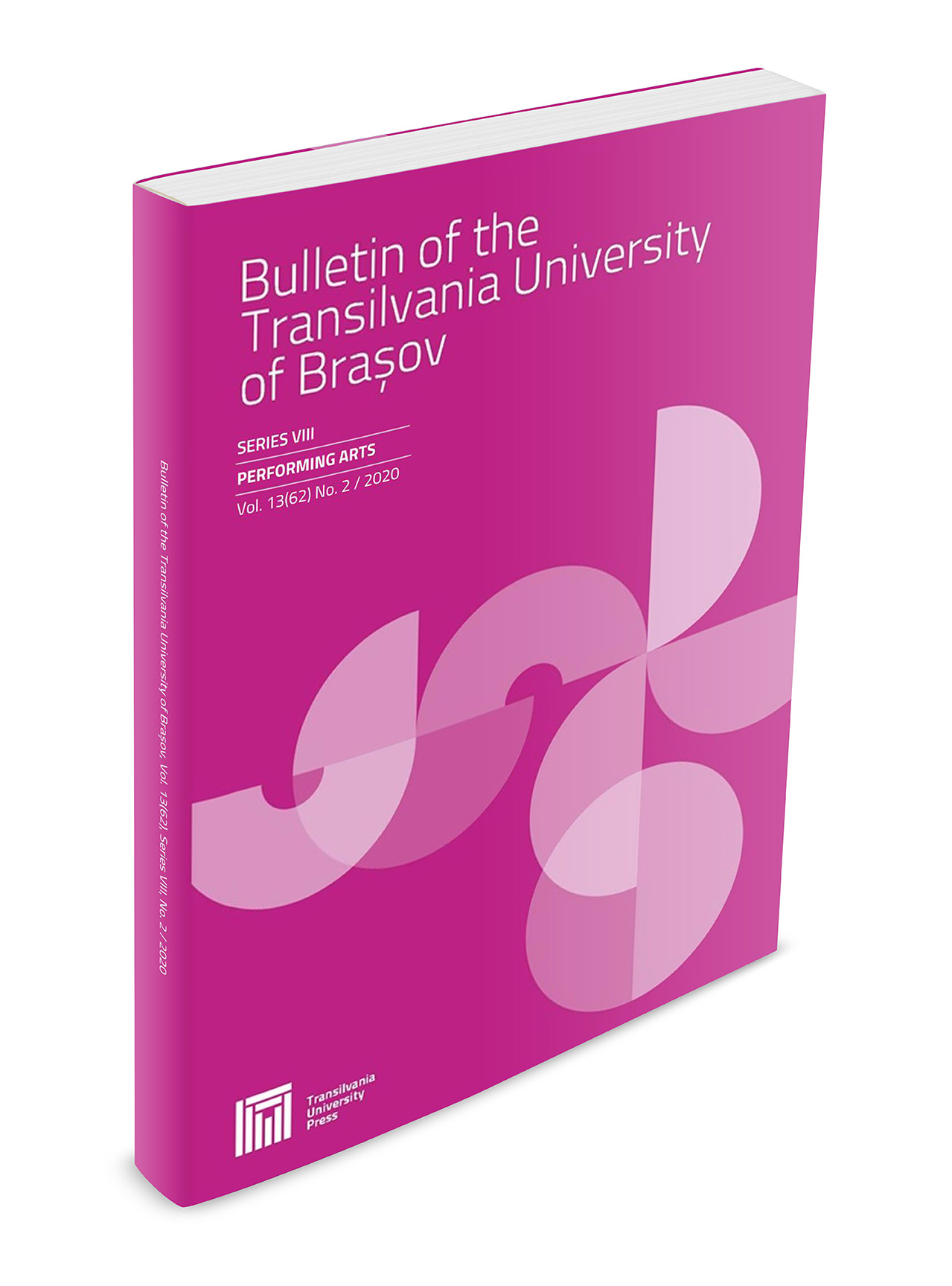The coexistence of separation and integration rites in the Nuptial Repertoire of the Cipan Aromanians in Dobruja
Keywords:
ethnomusicology, folklore, wedding songs, traditions, threnodyAbstract
Dobruja hosts the most numerous Aromanian community in Romania. In her book Dodecalog al aromânilor (Dodecalogue of the Aromanians), philologist Matilda Caragiu Marioţeanu defines Aromanians as having always been South-Danubian and being the descendants of the populations of South-Eastern Europe either Romanised or colonized by the Romans (Macedonians, Greeks, Thracians, Illyrians). Aromanian culture is supported by tradition and orality, as all cultural assets are created, preserved, and conveyed by word of mouth. For the Cipan Aromanian community, the wedding is the most important event in a person’s journey of development. Folklorist Gheorghe Oprea, in his vast work called Folclorul musical romanesc (Romanian Musical Folklore), points out that all those involved in this event take special care to observe the customs, traditions, and sequence of rituals, which hold specific purposes. In this study, I will present the ritual song “Tora ishii, malim la cor” (I have now gone out to the hora2, mother), which is performed vocally when the bride, accompanied by the bridegroom, leaves her parent’s home and joins the hora, together with the guests.Downloads
Published
Issue
Section
License
Copyright (c) 2018 Bulletin of the Transilvania University of Braşov. Series VIII: Performing Arts

This work is licensed under a Creative Commons Attribution 4.0 International License.




